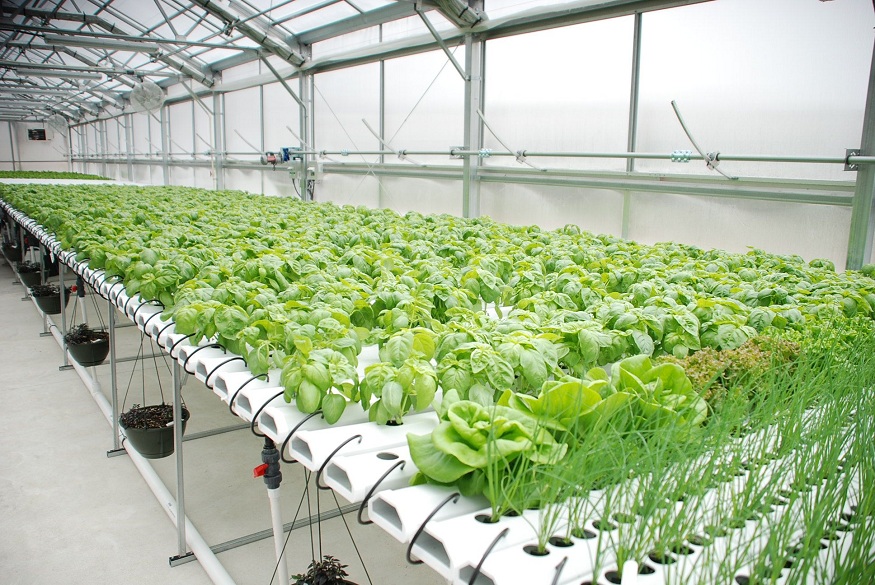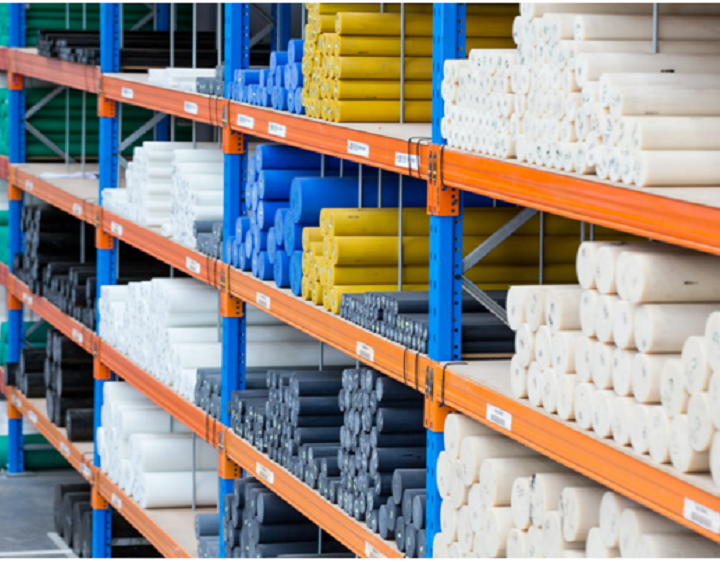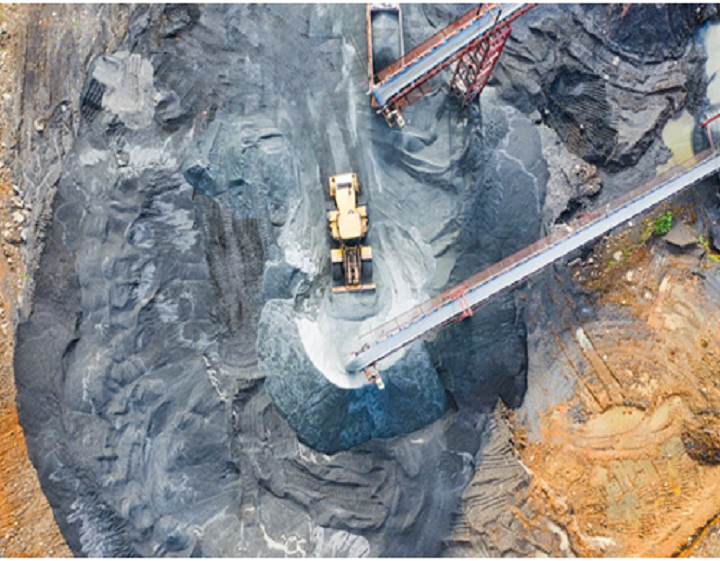The availability of land has been a constant issue in the past few years due to reasons like increasing water levels or the significant rise in population. This has created a need for vertical farming. What skyscrapers did for housing is being done by vertical farming in the field of agriculture. Especially with the onset of hydroponics farming, its enthusiasts have had a hard time finding the optimum space for that and it only makes sense to integrate the both. Hence, vertical hydroponics is exactly what the name suggests it is the perfect combination of vertical farming and hydroponics. Vertical farming is the technique where crops are stacked vertically and grown in those layers.
Advantages
Vertical Hydroponics are being considered as the future of food produce as they make an ideal situation for urban farming with small and compact spaces. It is a very practical method of farming as it does not use any soil and that helps to reduce the weight in the layers leading to more layers stacked up. With the correct light and nutrients more growth can be expected and there is minimum wastage of resources. This method also minimizes the risk of weed and pests. The entire process can be automated to reduce the maintenance and along with that the cost.
Some of the crops that are considered to be ideal for this technique are greens like lettuce, kale, spinach and more along with some flowers, basil, tomatoes, strawberries, etc.
How does Vertical Hydroponics system work?
Nutrient Film Technique (NFT) is usually the easiest one to perform as it has a constant stream of water flowing over the roots of the plants. In a standard hydroponic tower, water is delivered to the top layers via a tube system with a pump. From there, you may guide the flow down to the reservoir with the help of gravity.For maximum water and nutrient delivery, you can either utilize a single tube to deliver water to the top level or several tubes to different strata.PVC pipes or thicker drainage pipes are commonly used in DIY designs for the central tower. Smaller holes are punched at regular intervals in these to accommodate the individual plants.Plants are typically kept in net cups to allow water to flow freely through their root systems.
Conclusion
For those who don’t have access to soil, vertical hydroponics is a lifesaver. Vertical grow systems can boost the output of your indoor grow space dramatically. There are many commercially available readymade vertical grow kits on the market these days. They are a clear indication of the growing popularity of vertical hydroponics, particularly among urban farmers. Increased input costs and complexity are disadvantages, but the advantages outweigh these drawbacks. Vertical gardening is undeniably an important approach for a more sustainable future.
The growth of ancient societies and civilizations was primarily due to traditional farming. Our species has been able to settle in a single location while feeding a big portion of the population. Our species has progressed as far as they can now thanks to this breakthrough from several hundred years ago.
Traditional farming, unfortunately, has reached the end of its usefulness and is no longer beneficial to our world.






